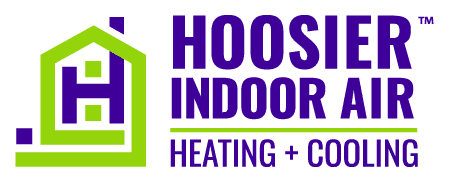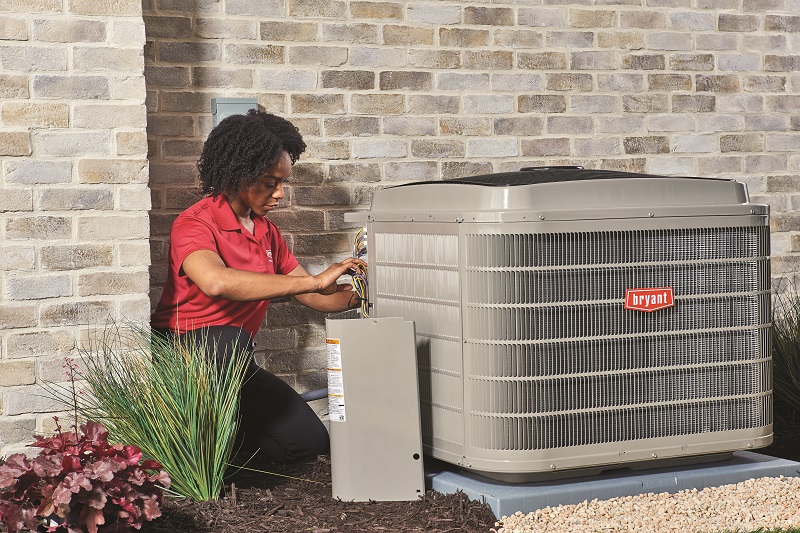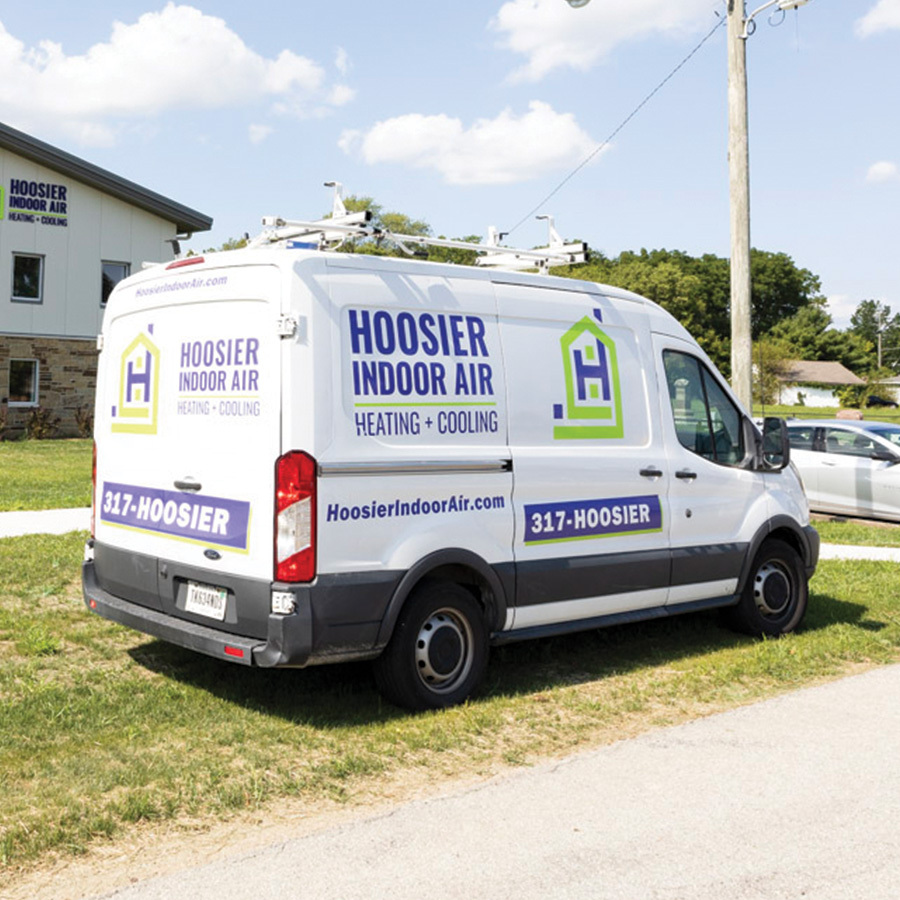Design Temperature 101
Have you ever noticed that when it gets really, really hot outside your air conditioner can never seem to keep your home cooled the way you want it, no matter how hard you try? It’s always a frustrating feeling, especially when you come home on a hot day and expect your home to be a place of relief from the heat only to see the temperature creeping past the thermostat setting.
So, why can’t your air conditioner keep up when it gets extremely hot? After all, that is your AC’s one job! Many homeowners will experience this and immediately jump to the conclusion that there is something wrong with their air conditioner. However, this might not necessarily be the case.
Not many people realize that when an air conditioner is installed it isn’t just taking into account the size of the home it will be cooling, it is also adjusted based on the part of the country it will be installed and the conditioners it will normally be performing under. This setting is called “design temperature” and it plays a big role in determining the effectiveness of your HVAC system during the hottest and coldest days of the year.
So that you fully understand the limitations of your home’s heating and cooling systems, let us tell you about design temperature, why it is used, and everything else you need to know about what it takes to keep your home as cool as possible during the summer.
What is design temperature?
Each and every air conditioner is installed with a unique design temperature, the temperature ranges at which the system can deliver optimal heating and cooling. Design temperatures, both high and low, are determined by averaging the maximum temperature the area will experience for 99% of the year, with the 1% being the exceptionally hot or cold days.
Ok, so enough with the technical talk: what does design temperature really mean for you? Across all of Indiana’s 92 counties, Indiana design temperatures range anywhere between 89 and 94 degrees for the summer season. More specifically, let’s use Marion county as an example. With a design temperature of 92 degrees, that means that your air conditioner, without any other existing issues, running flat out should be able to meet a reasonable demand that the thermostat is set to, we will go with 72 degrees as an average.
That means 92 degrees is the 99% maximum. However, as we all know, during the summer Indiana will experience days that well exceed 92 degrees. That is your 1%. During days when the temperature creeps closer to 100 degrees, your air conditioner is going to struggle to maintain that 72-degree thermostat setting.
Why do we have design temperatures?
So what is the point of setting these kinds of limitations on your air conditioners and furnaces, you might be asking? Why not just make them all the same? The reason design temperatures must be accounted for is that different parts of the country have different comfort demands that might not be met if they were all built the same.
For example, we all know how hot it can get here in Indiana. But the truth is, even some of the hottest Indiana summer days are nothing compared to those in a place like Texas where design temperatures range from the upper-90’s and even into the 100’s in some counties. If the state of Texas was dependent on the exact same air conditioner settings as Indiana to stay cool, they simply wouldn’t be up to the challenge.
Why not just get a bigger air conditioner?
On the flip side, having Texas-tuned air conditioners in Indiana isn’t ideal either. Running an oversized air conditioner or an air conditioner set with a higher-than-necessary design temperature will actually decrease its efficiency.
The ideal scenario is to have your system running 24/7, fluctuating the thermostat as necessary and minimizing on/off cycles. If your air conditioner is oversized and expels larger amounts of cool air than is necessary it will experience more frequent on/off cycles as to not cool below the thermostat setting. Each of these cycles spikes energy usage and costs you more money to operate than it should.
These more frequent on/off cycles also make it more difficult for your air conditioner to manage humidity levels and will often leave your home feeling hot and humid because it hasn’t had a chance to run long enough to remove moisture from the air.
So, while yes it would certainly make everyone’s life easier if every home had the same heating and cooling system installed in them, comfort is just not a one-size-fits-all kind of deal.
Find the right system for you
Keeping your home at a reasonable temperature during the extremes of the seasons is crucial for keeping you and your family safe and comfortable. Having the peace of mind that your home is protected by the appropriately sized and appropriately tuned heating and cooling systems designed to provide optimum comfort can go a long way to ensuring that.
That is just another reason why it is important to choose an experienced and knowledgeable heating and cooling expert for all your home’s heating and cooling repairs, maintenance, and equipment installation.
At Hoosier Indoor Air, we take every factor into consideration when helping you choose and install the right equipment. If your heating or cooling system is in need of an update but aren’t sure what is right for you, schedule an appointment or call us at 317-466-7437 today.






